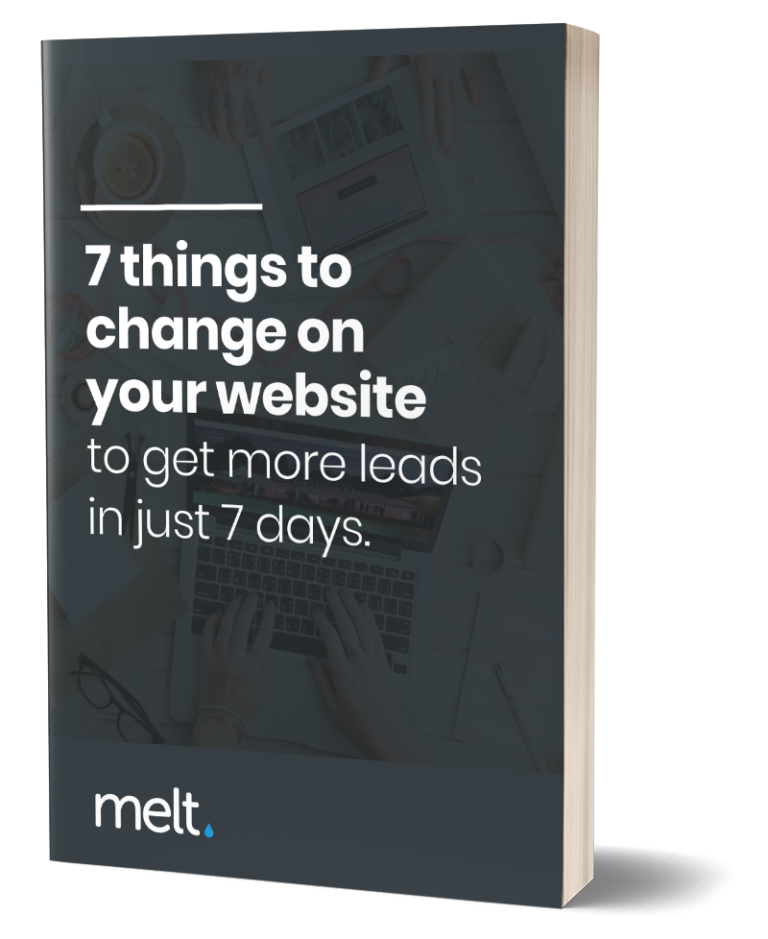If you have a website, then you’ll be familiar with the term ‘traffic’. In real life, we want to avoid traffic – it slows us down, delays our journey and causes road rage. But in website terms, traffic is brilliant; you want traffic because it means people are coming to your website.
And having lots of footfall on your website should mean lots of sales, right?
Wrong.
Sadly, just because someone finds themselves browsing your web page doesn’t mean that they’ll buy from you. Converting a visitor to a customer is a delicate process that takes consideration and time.
So what if you have a busy website, but your conversion rate is pants? Is there anything you can do to improve your numbers?
Absolutely. There’s a lot that can influence your web traffic one way or the other, so examining your website can help you understand why – and, more importantly, where – people drop off. Let’s take a look and see what you can change to get a better conversion rate.
User Experience (UX)
The experience your visitor has on your website plays a big part in whether they’ll buy from you. UX is an essential aspect of website development, and it’s often the one that’s overlooked the most. You see, people prioritise aesthetics over usability, and that can lead to a beautiful but non-functional website.
That’s not to say that you can’t have both – you just have to be certain that anything you add to your website serves a purpose and isn’t just clutter. There is a compulsion for some to include lots of flashy animations, sliders and pop-ups, thinking that they’ll attract attention, but they tend to have the opposite effect and have users clicking the back button faster than a fast thing.

Discover where your website is holding you back with a free, personalized audit report. Uncover what's keeping your site from reaching its full potential and start taking action today!
Start by going through your website, page by page, and really looking at the layout. Is it logical? Can visitors find key information easily? Does it feel comfortable to look at, or is it confusing? Does the whole site have consistency? Are your CTAs (calls to action) appealing?
Once you establish these things, you should be able to create a layout that works better for your visitor.
Oh! And this is really important. Check how your website looks on all types of devices. The majority of users will be accessing your website on a mobile device, but most people spend their time perfecting their site for desktop viewing. Some developers are now prioritising mobile design over traditional design to account for this. And don’t forget tablets too!
Content
So now your site is looking good, and you have considered your user experience. What about your content?
In some ways, you are exactly the right person to write about your product or service – no one knows it better. But unless you’re a confident writer, your content could be the reason that your traffic does a U-turn.
Your website wording is a fine balance between delivering information, gentle persuasion and empathetic understanding. Your visitor should feel like you get them, you can relate to the problem they’re looking to solve, and you’re the company for the job. That’s a lot of pressure to put on a few hundred words.
You’re going to go through each page again, this time looking at your copy. Typically, people focus heavily on the features of a product or service rather than the benefits of those features, and this is where a disconnect can occur between you and your visitor. Let’s give an example.
You’re selling a coffee machine. This coffee machine has a timer function that allows a user to programme the times that they want a coffee made. The feature is the timer, it’s something unique to the product. But the benefit is what that timer does for the user – it saves them time on a busy morning. It helps them reduce their caffeine intake by regulating their drinks. It is one less thing to disrupt your day doing.
By painting a picture of how life will be improved by the feature of your service or product, you connect with your visitor in a way that a bullet list of features can’t.
Targeting your content is another factor in creating copy that converts. Too many websites write for a general audience, paying no mind to their ‘ideal’ customer. It’s really important to know that not everyone is your customer. By trying to write a kind of catch-all website, you lose the ability to relate to the people who are destined to become loyal buyers.
Site Performance
The way your site functions and performs can influence how many people continue their journey on it. If it is slow to load, if there are missing or broken links or too many pop-ups, you will find your conversion rate is far below the 2% average (yes, it really is that low!).
You need to ensure that all your images are optimised for web use. If you upload high-res versions, they can take ages to load, which not only annoys your site visitors but also impacts your Google ranking.
Take the time to resize your images and check all of your internal and external links to improve the performance of your site.
How To Convert More Traffic
Hopefully, now you can identify some aspects of your website that could be the reason that your busy website isn’t bringing in more sales. Once you have cleaned up your design, written content that speaks to your ideal customer and spent time fixing issues with the performance, your website should start to see better traction.
But there’s more you can do if you really want to level up your sales. These things take a deeper, more strategic look at your website, its functionality and your overall marketing, so it’s not something that everyone feels comfortable doing.
Mapping Your Customer Journey
This is where you create a flow diagram of what you want your customer to see or do at each stage of their ‘journey’ with you. This can be from the first time they see your ads, social media or blog right through to the purchase stage.
Know The Pain Points
A pain point for your customer is the thing that they’re trying to fix. You need to acknowledge and address these pain points to demonstrate why you’re the ideal solution for them.
Overcome Objections
At the same time as showing your customer why you’re the answer to their prayers, you also have to overcome any objections they might have. These can be financially related, time-related or just a fear of the unknown. Your copy needs to put these worries to rest.
CTAs That Work
Your calls to action have to be compelling but not overwhelming. Offering downloads, free advice or help is a great way to begin the conversion of a viewer to a buyer.
But Wait, There’s More…
If you’re really hungry for a higher conversion rate, there is plenty more that can be done – but we’re getting to the technical and strategic side. Landing pages, sales funnels, memberships – these can create a website that transforms your business.
If you want to know how we can help with any of the above, book a discovery call with one of the team. We can take a look at your existing website and see what we can do to change your site from a traffic jam to a super highway.

